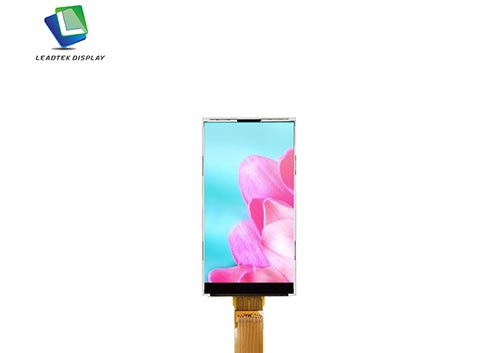What is the difference between reflective and transflective LCD?
Reflective and transflective LCDs are two different types of liquid crystal display technologies, each with its own characteristics and use cases. Here are the main differences between the two:
Reflective LCD:
1. Light source: Uses ambient light reflected off a reflective backing.2. Visibility: Best in bright environments, especially outdoors.
3. Power consumption: Very low, as it doesn't require a backlight.
4. Contrast: Generally lower contrast, especially in low light conditions.
5. Color reproduction: Usually limited to monochrome or simple color displays.
6. Typical uses: E-readers, outdoor displays, calculators, watches.
Transflective LCD:
1. Light source: Combines reflective technology with a backlight.2. Visibility: Good in both bright and low light conditions.
3. Power consumption: Higher than reflective LCDs due to the backlight, but can be adjusted based on ambient light.
4. Contrast: Better contrast than reflective LCDs, especially in low light.
5. Color reproduction: Can display full color with good quality.
6. Typical uses: Smartphones, tablets, car displays, outdoor-readable screens.
Key differences:
1. Versatility: Transflective LCDs are more versatile, working well in various lighting conditions.2. Power efficiency: Reflective LCDs are more power-efficient, especially in bright light.
3. Image quality: Transflective LCDs generally offer better image quality and color reproduction.
4. Cost: Reflective LCDs are usually simpler and less expensive to produce.
5. Thickness: Reflective LCDs can be thinner as they don't require a backlight component.
The choice between reflective and transflective LCDs depends on the specific application, considering factors like intended use environment, power constraints, and display quality requirements.






 Microsoft Teams
Microsoft Teams WhatsApp
WhatsApp Email
Email Inquiry
Inquiry WeChat
WeChat
 TOP
TOP